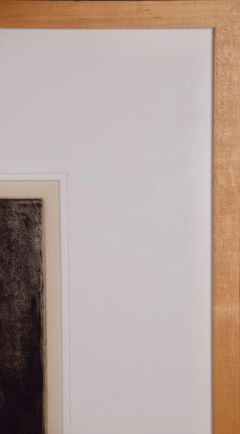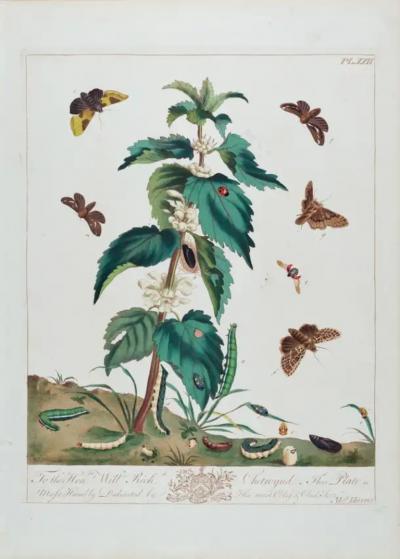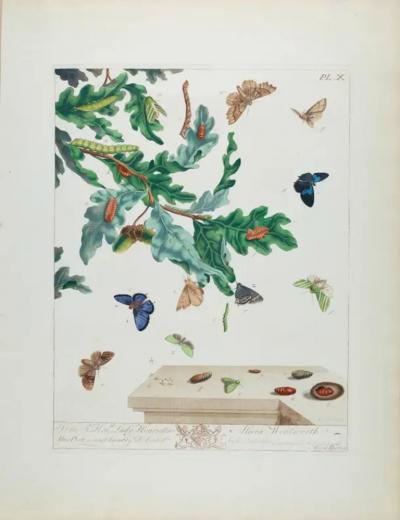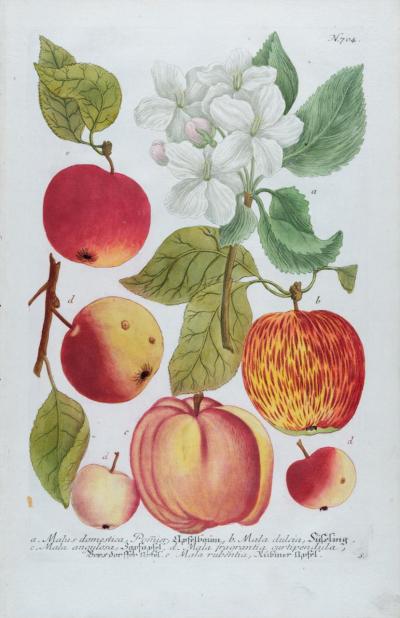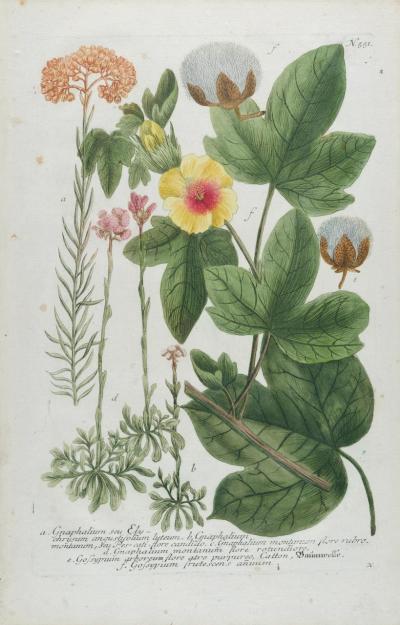Sharpening the Scythe (Beim Dengeln) from Kathe Kollwitz' Peasant War Series
-
Description
This framed etching and drypoint print is entitled "Beim Dengeln" (Sharpening the Scythe) by Kathe Kollwitz from her Der Bauernkrieg (The Peasant War or Revolt) series. It was originally created in 1905, but reprinted later. It depicts a woman in half-length, sharpening a scythe very close to her face. Her expression reveals a great deal of emotion, including determination, as well as concern for her future, as well as her comrades during and following the coming conflict.
Kollwitz' Peasant War series of seven prints was inspired by the German peasant outbreak of 1525, led by a woman named Black Anna. The peasants rebelled against the oppressive systems of serfdom and feudalism. Although the outbreak was brutally put down, it did mark a turning point for peasants, who realized that they could fight for a better life against the upper class. The seven images that make up The Peasant War images document the hardships of the peasants, the preparation for and the eventual battle scenes and the resultant sad fate of the peasants. Kollwitz' work demonstrates her unflagging commitment to the plight of the oppressed and disempowered in any era. The Peasant War series not only makes a socio-political statement about oppressed people, but also speaks to the role of strong female figures in their struggle for equality and a better life. Kollwitz broke with tradition by telling most of the story of the peasants revolt from the viewpoint of the women involved. In this revolt against the compulsory labor, cruel worker treatment and crippling taxes enforced on feudal peasantry, Kollwitz found similarities with the plight of the working class in Germany in the first half of the 20th century.
In this series and specifically in this print, as well as her other works, Kollwitz demonstrates her genius at communicating the raw emotions, suffering and human power of her subjects, in this case the determination and desperation of the peasants, through mere etched and engraved lines and ink transferred to paper.
This print with its full margins is presented in a bleached birch wood frame with a double white mat. The print and the frame are in very good condition. The frame measures 23.5" high, 22.5" wide and 1.75" deep. “1921” is printed in plate in the lower right corner. There is an adjacent von der Becke Berlin Halensee blindstamp at the lower right margin edge.
References: Klipstein 90, Hinz 36, Knesebeck 88 xiv-c/xiv-c
Käthe Kollwitz (1867-1945) was a German painter, printmaker, and sculptor whose work offered an eloquent and often searing account of the human condition of oppressed people, and the tragedy of war, in the first half of the 20th century. Her empathy for the less fortunate, expressed most famously through the graphic means of drawing, etching, lithography, and woodcut, embraced the victims of poverty, hunger, and war. Kollwitz was born in Russia, but moved to Germany when she married Karl Kollwitz, a doctor, who treated the poor in Berlin. They lived upstairs from his office until it was destroyed in WW II. Her early work, including a series of prints documenting a revolt of weavers in 1842, soon brought her acclaim. She was nominated for a prestigious award in 1898, but Kaiser Wilhelm II would not approve it because she was a woman. Her next series was the Peasant War, which occupied her from 1902 to 1908. The seven prints in the series are Kollwitz's highest achievements as an etcher. In 1917, on her fiftieth birthday, the galleries of Paul Cassirer provided a retrospective exhibition of one hundred and fifty drawings by Kollwitz. In 1920 Kollwitz was elected a member of the Prussian Academy of Arts, the first woman to be so honored. Membership entailed a regular income, a large studio, and a full professorship. In 1933, after the establishment of the National-Socialist regime, the Nazi Party authorities forced her to resign her place on the faculty of the Akademie der Künste as a result of her anti-war stance. Her work was removed from museums and galleries and she was banned from exhibiting. However the Nazis used one of her "mother and child" pieces for propaganda. Käthe Kollwitz dies in 1945, around two weeks before the fall of the Nazi regime and the end of the war in Germany. -
More Information
Documentation: Documented elsewhere (similar item) Period: 1920-1949 Condition: Good. Creation Date: 1921 Styles / Movements: Expressionism Incollect Reference #: 614614 -
Dimensions
W. 22.5 in; H. 23.5 in; D. 1.75 in; W. 57.15 cm; H. 59.69 cm; D. 4.45 cm;
Message from Seller:
Timeless Intaglio is an online gallery of rare and collectable antiquarian prints, maps and books. Although we specialize in all forms of vintage printed works on paper, the majority were created with the intaglio method of transferring ink from a plate, usually copper, to paper with a technique utilizing pressure generated by a press. Email us directly: rbreiman@timelessintaglio.com



















